Premium Only Content
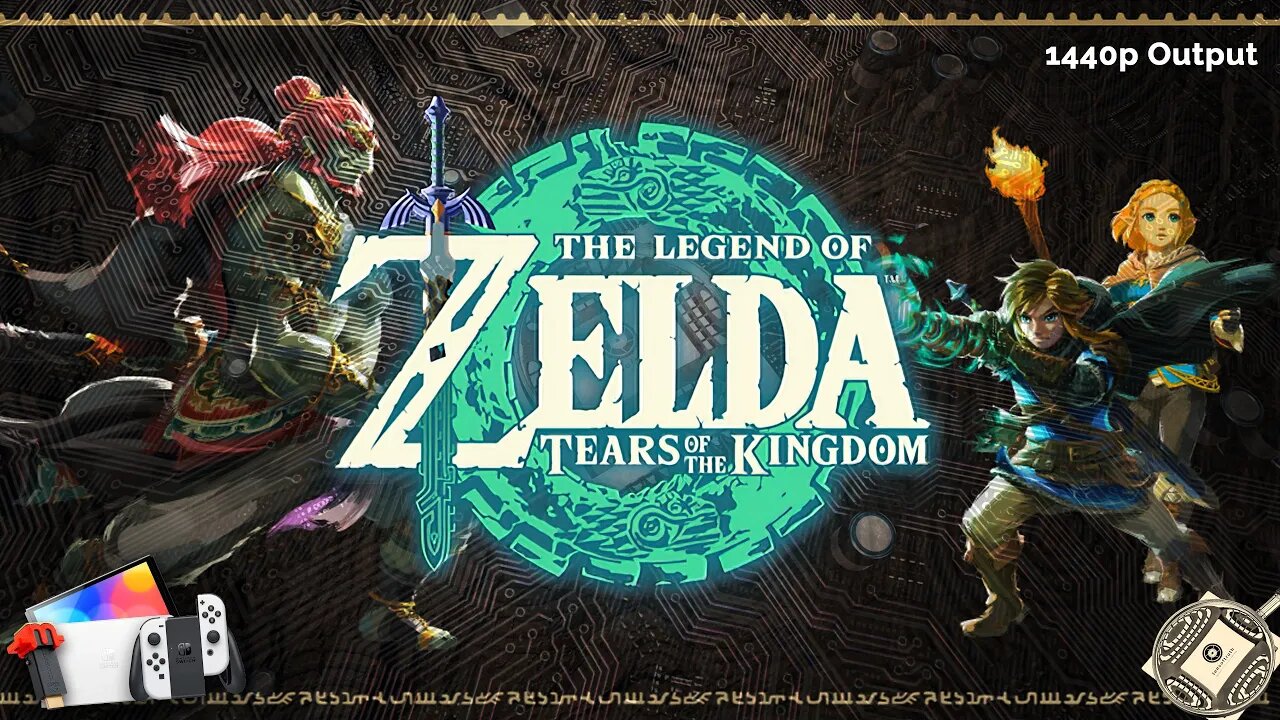
The Legend of Zelda: Tears of the Kingdom - Tech Analysis on Nintendo Switch - mClassic On and Off
Analysis of performance and image quality of The Legend of Zelda: Tears of the Kingdom on Nintendo Switch with mClassic on and off.
Index:
Intro 00:00
Frame Rate 00:17
Resolution 04:17
Reflections 06:24
Shadows 07:37
Textures 08:50
Loading 10:04
Frame Rate 10:42
Resolution 14:42
Reflections 16:49
Shadows 18:03
Textures 19:14
Loading 20:27
Nintendo Switch Tech Specs 21:06
mClassic Tech Specs 21:16
Technical dictionary for this analysis:
- AMD FidelityFX™ Super Resolution (FSR):
FidelityFX Super Resolution (FSR) is used to upsample an input image into a higher resolution. There are two versions of FSR with distinctive upscaling technique and image quality.
FSR 1 is a spatial upscaler based on the Lanczos algorithm* requiring an anti aliased lower resolution image.
FSR 2 and 2.1 is a temporal upscaler based on a modified Lanczos* requiring an aliased lower resolution image and utilising the temporal data (such as motion vectors and frame history) and then applies its own anti aliasing pass which replaces the game's temporal anti-aliasing solution.
Quality Preset Scale Factor Render Scale
Performance 2.0x 50.0% (e.g. for 4k: 1080p upscale to 2160p with FSR)
Balanced 1.7x 58.8% (e.g. for 4k: 1270p upscale to 2160p with FSR)
Quality 1.5x 66.6% (e.g. for 4k: 1440p upscale to 2160p with FSR)
* The Lanczos algorithm is an iterative algorithm invented by Cornelius Lanczos that is an adaptation of power methods to find eigenvalues and eigenvectors of a square matrix or the singular value decomposition of a rectangular matrix. It is particularly useful for finding decompositions of very large sparse matrices.
- Cube Mapping Reflections:
A Cubemap is a collection of six square textures that represent the reflections on an environment. The six squares form the faces of an imaginary cube that surrounds an object; each face represents the view along the directions of the world axes (up, down, left, right, forward and back). Cubemaps are often used to capture reflections or “surroundings” of objects; for example skyboxes and environment reflections often use cubemaps.
- Screen Space Reflections (SSR):
Screen space reflections (SSR): a more expensive technique that traces reflection rays in screen space (as opposed to world space in e.g. ray tracing). This is done for each rendered pixel of the reflected surface, using the surface normal and scene depth.
The disadvantage is that objects not captured in the rendered frame cannot appear in the reflections, which results in unresolved intersections and incomplete reflection image.
- Ray-Traced Reflections
Ray-Traced Reflections is a more accurate ray-traced solution to Screen Space Reflection technique (that traces reflection rays in screen space), ray tracing traces reflection rays in world space.
The disadvantage of the technique using ray tracing is the need for a dedicated hardware for accelerating the calculations needed to perform the feature.
- Shadow Mapping
Shadow mapping or shadowing projection is a process by which shadows are added to 3D computer graphics. This concept was introduced by Lance Williams in 1978, in a paper entitled "Casting curved shadows on curved surfaces."[1] Since then, it has been used both in pre-rendered and realtime scenes in many console and PC games. Shadows are created by testing whether a pixel is visible from the light source, by comparing the pixel to a z-buffer or depth image of the light source's view, stored in the form of a texture.
- Simple Shadow Mapping
Simplest possible implementation of Shadow Mapping, without any smoothing or additional features.
- Soft Shadows Mapping
Soft shadows are typically rendered in games by using shadow mapping and Percentage Closer Filtering with a uniform kernel size. The Percentage-Closer Soft Shadows (PCSS) algorithm computes a variable kernel size based on the distance between the relative position of the receiver point, an approximation of the blocker, and the area light.
- Ray-traced Shadows
Ray-traced shadows are generated by tracing the path of rays sampled from a light source. Ray-traced shadows are more accurate than shadow-mapped shadows. All ray-traced shadows are world space shadows.
My Specs:
- Ryzen 5 5600
- 16 GB DDR4 3200
- Galax GTX 1080 Sniper White
- Elgato 4k60 Pro Mk.2
Facebook Group:
https://m.facebook.com/groups/14589692844998
-
 8:34
8:34
Blackstone Griddles
12 hours agoAnnual Holiday Gift Guide | Blackstone Griddles
13K -
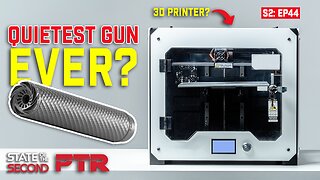 48:10
48:10
State of the Second Podcast
19 hours agoThe Quietest Suppressor Ever? PTR’s PIP Tech Explained (ft. PTR)
2.96K -
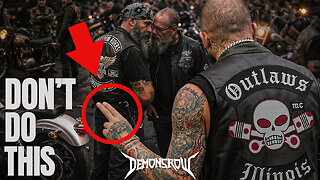 23:10
23:10
Demons Row
12 hours agoBiker Secrets They Never Say Out Loud (Real MC Rules Exposed)
4.53K2 -
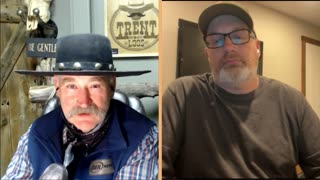 LIVE
LIVE
BEK TV
22 hours agoTrent Loos in the Morning - 12/18/2025
227 watching -
 15:25
15:25
unclemattscookerylessons
1 day ago $1.69 earned“Crispy Cheesy Potato Croquettes | Gooey Mozzarella Inside!”
4.32K4 -
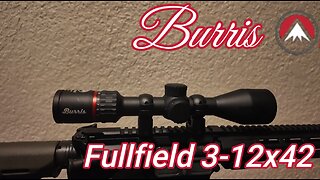 6:39
6:39
DropItLikeItsScott
19 hours ago $2.36 earnedDid BURRIS Just Create the Coolest 3-12x42 Scope?
3.35K -
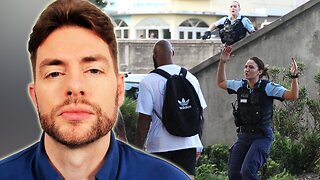 10:55
10:55
Paul Joseph Watson
1 day agoWhat Really Happened at Bondi Beach?
70.2K102 -
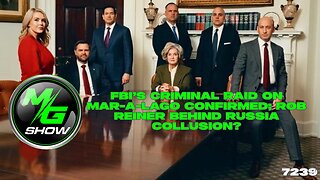 2:00:58
2:00:58
MG Show
19 hours agoFBI’s CRIMINAL RAID on Mar-a-Lago Confirmed; Rob Reiner BEHIND Russia Collusion?
25.5K14 -
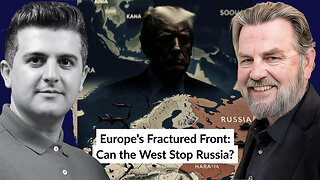 1:00:18
1:00:18
Dialogue works
2 days ago $12.92 earnedLarry C. Johnson: Russia Launches Largest Missile & Drone Attack Yet
27K7 -
 12:02
12:02
Actual Justice Warrior
1 day agoChicago Mayor Says ONLY Black Businesses Get Licensed
23.6K29